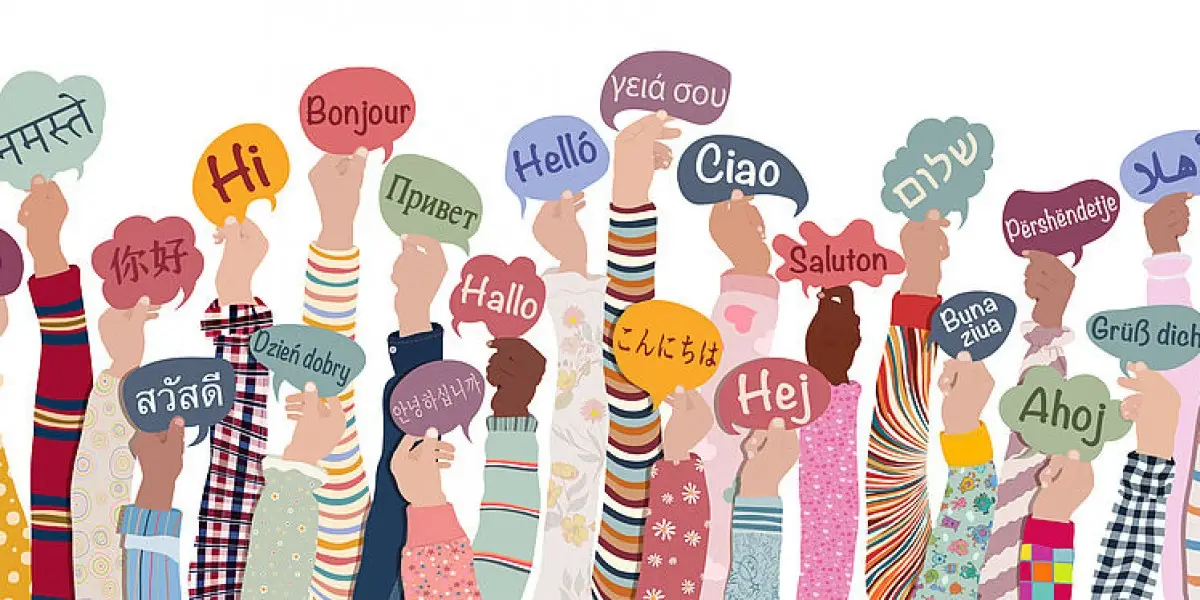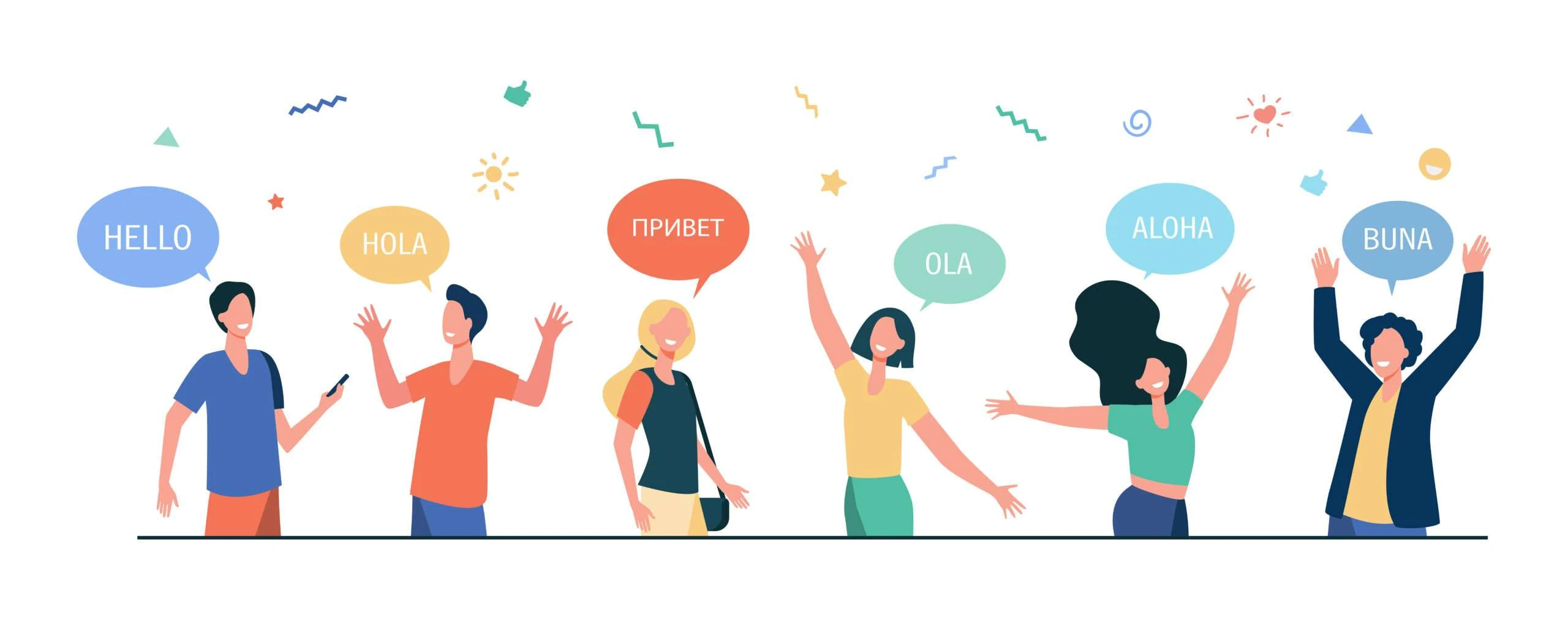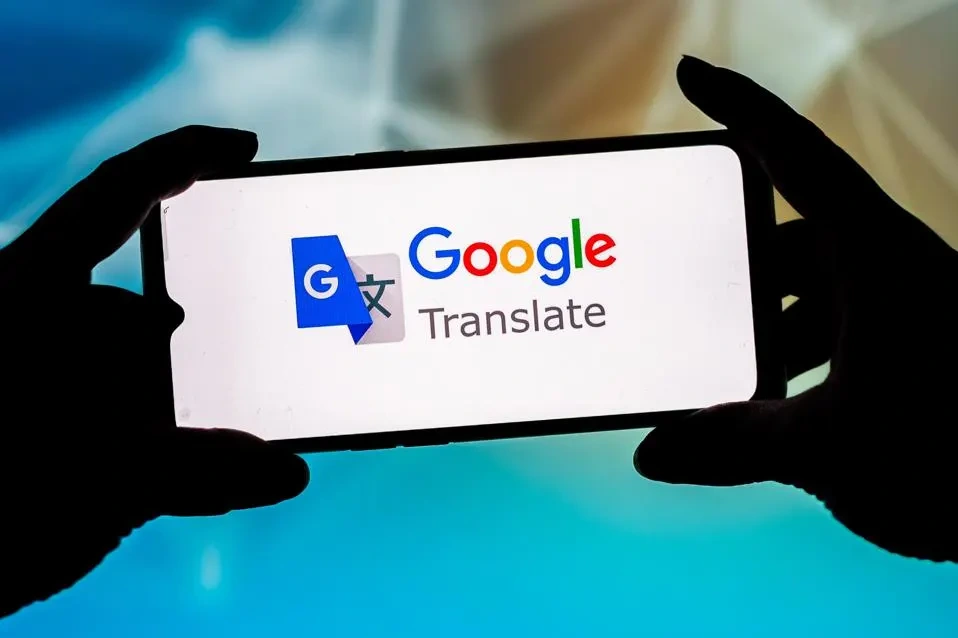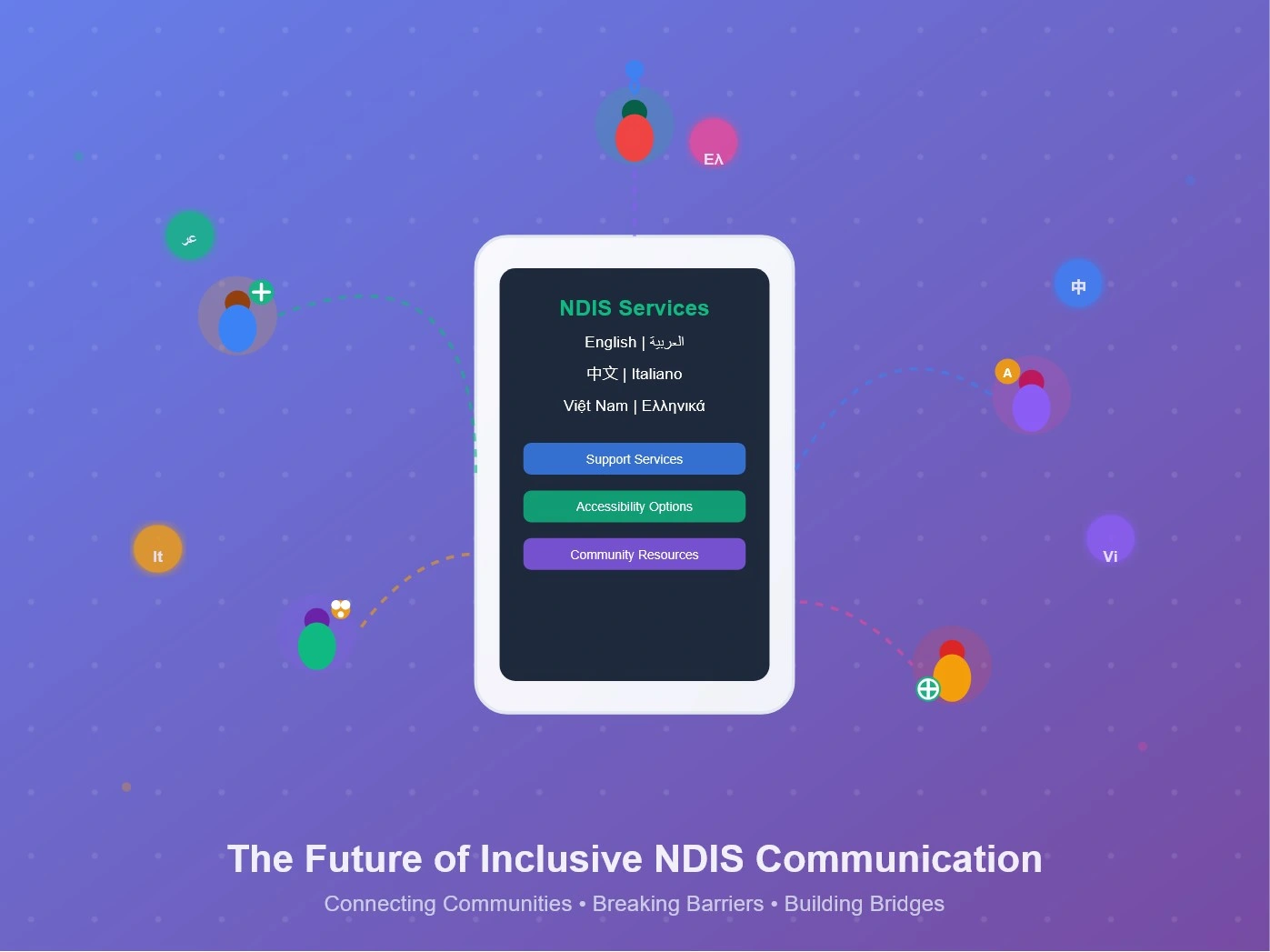In a country as culturally diverse as Australia, ensuring equitable access to essential services isn’t just good practice—it’s vital for an inclusive society. The National Disability Insurance Scheme (NDIS) represents one of Australia’s most significant social reforms, yet for many Australians from culturally and linguistically diverse (CALD) backgrounds, language barriers can make this life-changing support system seem out of reach. Today, we’re exploring why multilingual NDIS websites are crucial and how they’re transforming accessibility for all Australians.
Australia’s Multicultural Reality
Australia’s identity is deeply interwoven with its multicultural fabric. According to the Australian Bureau of Statistics, nearly 30% of Australia’s population was born overseas, with over 300 languages spoken in homes across the country. In major cities like Sydney and Melbourne, this percentage climbs even higher.
For the NDIS to truly fulfill its promise of supporting all Australians with disabilities, it must acknowledge and address this linguistic diversity. When essential information is available only in English, we inadvertently create a two-tier system where access depends on language proficiency rather than need.
The Current Language Gap in Disability Services
Despite Australia’s multicultural landscape, many NDIS service providers still operate primarily English-language websites. This creates significant barriers for non-English speaking Australians with disabilities and their families, who may struggle to:
- Understand their eligibility for NDIS support
- Navigate the application process
- Access appropriate services once approved
- Understand their rights and entitlements
- Provide informed consent for services
Research from the National Ethnic Disability Alliance indicates that people with disabilities from non-English speaking backgrounds are significantly less likely to access disability services compared to their English-speaking counterparts. This disparity isn’t due to lower need but rather to accessibility barriers that begin with language.
Why Multilingual Websites Matter for NDIS Providers
For NDIS service providers and disability support organizations, implementing multilingual website features isn’t just about compliance or ticking boxes—it’s about fulfilling the core mission of inclusive support. Here’s why it matters:
- Reaching Underserved Communities
Multilingual websites help NDIS providers connect with communities that have historically been underrepresented in disability services. Many recent migrants and refugees arrive from countries where disability services were limited or stigmatized, making proactive outreach through accessible information even more crucial.
- Better Service Delivery
When participants and their families can access information in their preferred language, the entire service journey improves. Clear communication leads to:
- More appropriate service matching
- Reduced misunderstandings and complaints
- Higher satisfaction rates
- Better outcomes for participants
- Building Trust Through Cultural Competence
Offering information in multiple languages signals cultural competence and a commitment to serving diverse communities. This builds trust, which is essential for effective disability support services where vulnerable individuals need to feel safe and understood.
- Compliance with Accessibility Standards
While language accessibility isn’t always explicitly covered in web accessibility guidelines, the spirit of the Web Content Accessibility Guidelines (WCAG) emphasizes making content accessible to people with diverse needs and capabilities. For NDIS providers, whose core mission is accessibility, multilingual support aligns perfectly with these values.
- Competitive Advantage
In the participant-choice model of the NDIS, service providers who can effectively communicate with diverse communities gain a significant competitive advantage. As Australia’s CALD population continues to grow, this advantage will only increase in value.
Best Practices for Multilingual NDIS Websites
At UniWeb Australia, we’ve helped numerous NDIS providers implement effective multilingual websites. Here are some best practices we’ve developed through this experience:
Prioritize Key Languages Based on Your Community
While it would be ideal to translate content into every language spoken in Australia, practical limitations mean prioritization is necessary. Analyze demographic data for your service area to identify the most commonly spoken languages beyond English. In many regions, these include:
- Mandarin and Cantonese
- Arabic
- Vietnamese
- Greek
- Italian
- Hindi
- Punjabi
- Spanish
Go Beyond Google Translate
While automatic translation tools have improved dramatically, they still struggle with nuance, cultural context, and specialized terminology—all crucial elements in disability services communication. Consider having key pages professionally translated, especially those covering:
- Service descriptions
- Eligibility information
- Application processes
- Participant rights and responsibilities
- Complaint procedures
Ensure Cultural Relevance, Not Just Translation
Effective multilingual communication requires more than word-for-word translation. Consider cultural contexts, values, and communication styles in your content. For example, some cultures may approach disability with different terminology or frameworks than those commonly used in English-language disability discourse.
Implement User-Friendly Language Switching
Make language options clearly visible on your website, typically in the header or navigation menu. Use language names in their native script (e.g., العربية for Arabic rather than “Arabic”) to ensure users can identify their preferred language.
Consider Accessibility Within Languages
Remember that accessibility needs exist within all language communities. Ensure that your multilingual content follows accessibility best practices such as:
- Clear, simple language
- Logical heading structure
- Alternative text for images
- Sufficient color contrast
- Compatibility with screen readers
Real-World Success Stories
Western Sydney Disability Support Service
One of our clients serving Western Sydney implemented a website with content in English, Arabic, Vietnamese, and Simplified Chinese—the four most commonly spoken languages in their service area. Within six months, they reported:
- 35% increase in inquiries from CALD communities
- 28% growth in participants from non-English speaking backgrounds
- Improved service satisfaction rates across all language groups
Rural Victoria NDIS Provider
A disability service provider in regional Victoria added Greek and Italian language options to their website, reflecting the significant post-war European migration to the area. This simple change reconnected older community members with disability services many didn’t know they were eligible for, leading to:
- Doubled referral rates for older community members
- New intergenerational support groups
- Improved community engagement overall
Technical Implementation Options
Implementing multilingual features on your NDIS website doesn’t have to be technically complex or prohibitively expensive. At UniWeb Australia, we offer several approaches based on your organization’s needs and resources:
- Translation Plugin Integration
For WordPress and similar CMS platforms, translation plugins can provide a cost-effective starting point. These can offer machine translation with human editing capabilities for more accurate results.
- Custom Multilingual Development
For organizations requiring more sophisticated language implementation, custom development ensures a seamless user experience with language-specific content management capabilities.
- Progressive Implementation
Start with translating your most important pages and progressively expand your multilingual content as resources allow. This makes the process more manageable while still improving accessibility immediately.
The Future of Inclusive NDIS Communication
As Australia continues to evolve as a multicultural society, NDIS providers who prioritize multilingual communication will be better positioned to fulfill the scheme’s promise of equitable support for all Australians with disabilities.
The National Disability Insurance Agency (NDIA) itself has recognized this need, gradually expanding its translated resources. However, individual providers have a crucial role to play in ensuring language is never a barrier to accessing quality disability support.
Taking the Next Step
If you’re an NDIS provider looking to improve your multilingual website capabilities, contact our team at UniWeb Australia for a consultation. We specialize in creating accessible, multilingual websites for disability service providers that help you reach and support all members of your community.
Remember, in the context of disability services, accessibility isn’t just about physical ramps and screen readers—it’s also about linguistic bridges that ensure everyone can access the support they need, regardless of the language they speak.
By embracing multilingual website development, NDIS providers not only fulfill their obligation to serve all Australians but also enrich their services through greater diversity and inclusion. In a system built on the principle that everyone deserves support tailored to their unique needs, language accessibility isn’t optional—it’s essential.




